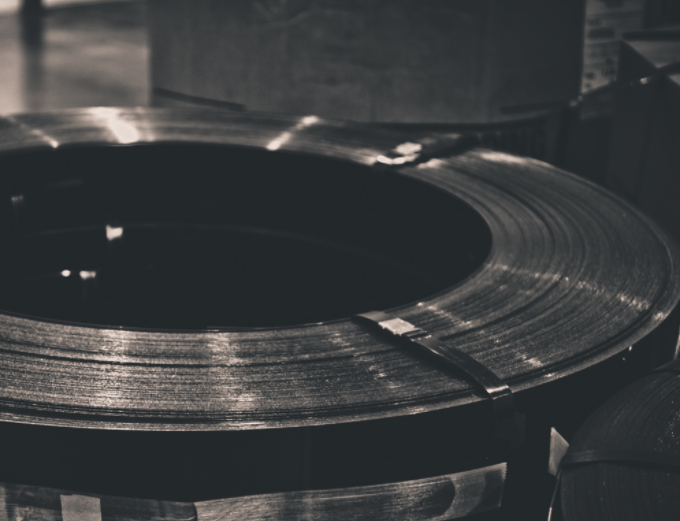What is polypropylene strapping?
Polypropylene strapping is made from lightweight plastic material and is used for fixing loads to pallets or bundling items for shipping. It is the most common type of plastic strap and the most economical. It comes in a range of colours, various widths, thicknesses and polymer variations. It can be printed for brand identification and marketing purposes.
It is embossed to improve grip during tensioning and elongation before breakage. It is a light to medium duty strapping solution and has a load limit of just under one ton. It is perfect for sealing and reinforcing cartons and securing lighter pallet loads.
It is used for different applications such as:
- Bundling newspapers, timber and pipes
- Sealing and securing cartons
- Attaching loads to pallets
- Bailing agricultural products
- Bailing textiles
- Sealing coils of steel or rolls of paper
Polypropylene Strapping can be fed through a range of strapping machines and dispensed from a range of hand carrying or push along wheeled dispensers. It is much safer to handle than steel strapping that requires handlers to wear protective eyewear and gloves. It takes experience to use steel strapping properly and avoid waste. For inexperienced workers, PP strapping is much safer and easier to use.
Polypropylene Strapping is applied manually with heavy-duty sealers and tensioners and battery-operated tools. For larger production lines, semi-automatic and automated machines are used for a fast strapping application. When unitizing a pallet with PP strap, edge board protectors and corner protectors assist in evening out the tension and stop the strap from squeezing and cutting into the products. Polypropylene Strapping can be sealed with friction welds, seals, buckle or heat seals.
Most plastic strapping can be recycled and it’s up to businesses to organise Polypropylene sorting within the premises and collection or delivery to a recycling centre.
What are the disadvantages of Polypropylene Strapping ?
Polypropylene can lose 50% of its tension within an hour of being applied. It has high elongation properties but once it has elongated, it does not recover tension. If the load or bundle can fill out and take up the tension, then this is not a problem. It has irrecoverable dead stretch when under stress and tends to split under adverse weather conditions such as UV damage and temperature variations.
It is better applied to less solid loads, avoid palletized bricks and concrete tiles for example and choose a more suitable strapping like steel. If your pallets and bundles need to travel long-distance, is heavy and needs stability, or needs loading and unloading multiple times then Polypropylene Strapping is not the logical choice. Strapping that can handle a significant amount of tension like steel or woven strap may be more suitable.

